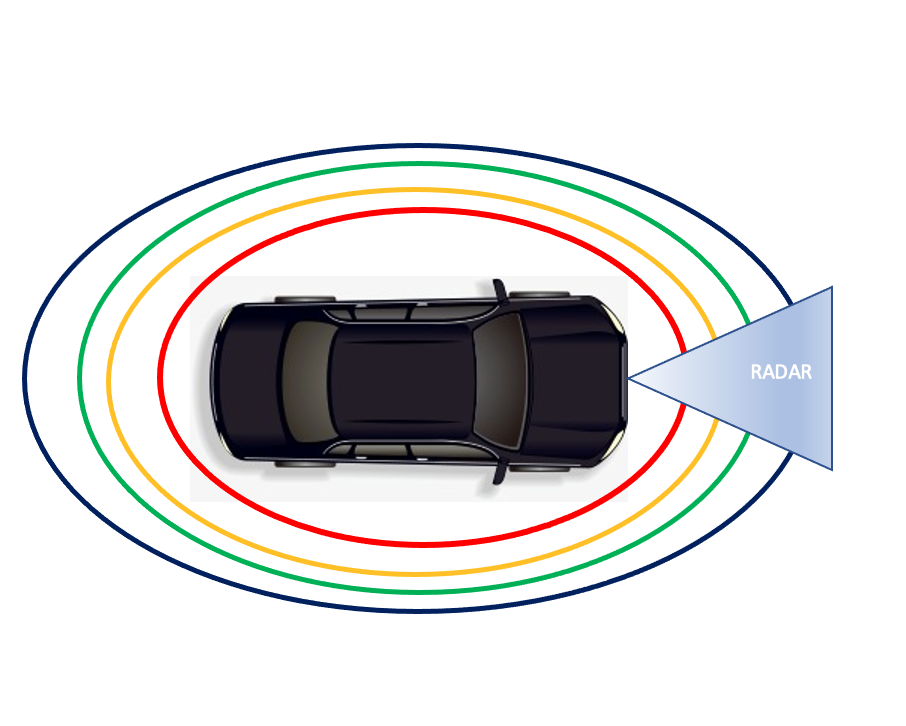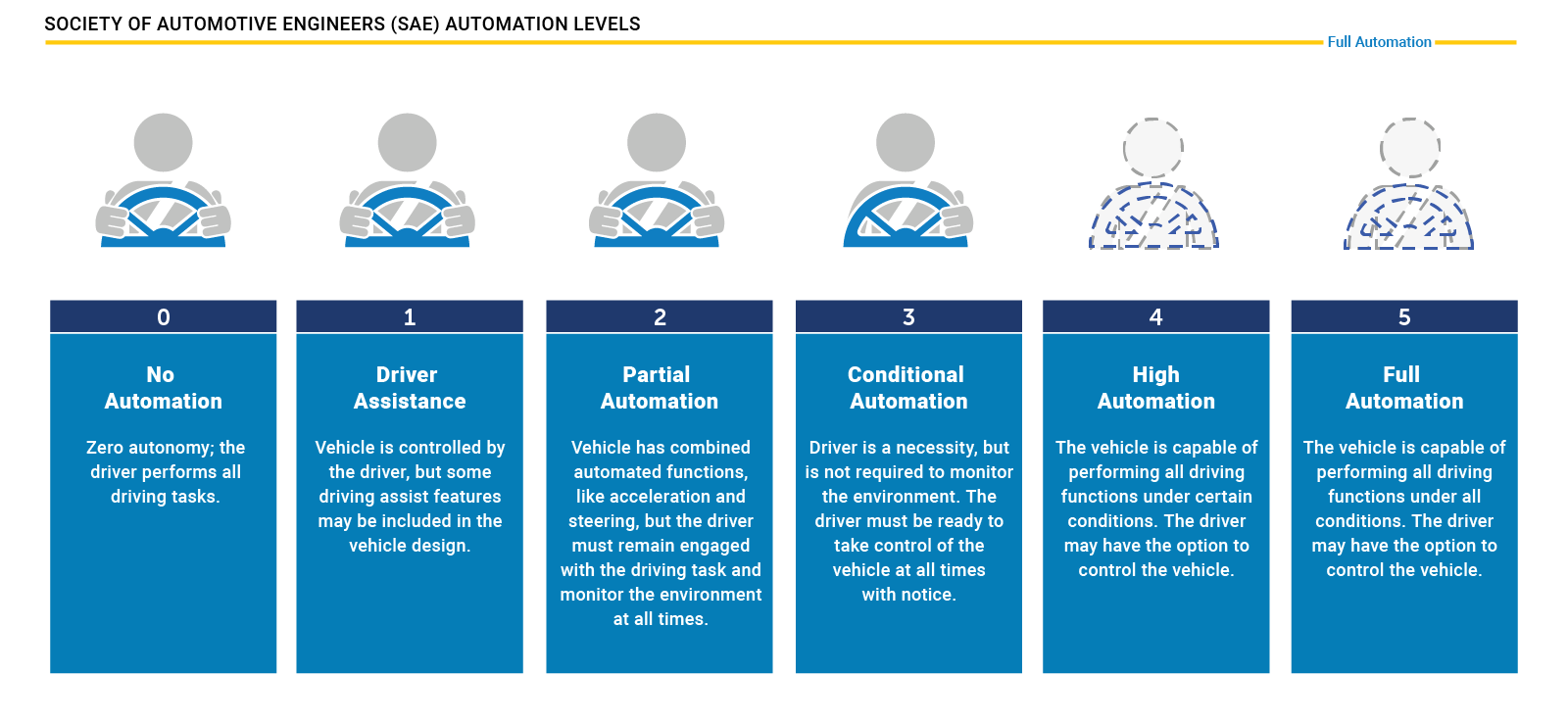Aeronautics and Aerospace
Affordable and Clean Energy
Agriculture
Asteriod Hunting
Automotive
Autonomus System
Clean Transpiration
High Speed Aviation
Home Appliances
Kids Technology
Propulsion
Resuable Space Technology
Safety Technology
Unmannaed Vehicle
Enim qui eos rerum in delectus
Nam voluptatem quasi numquam quas fugiat ex temporibus quo est. Quia aut quam quod facere ut non occaecati ut aut. Nesciunt mollitia illum tempore corrupti sed eum reiciendis. Maxime modi rerum.

Temporibus et in vero dicta aut eius lidero plastis trand lined voluptas dolorem ut voluptas
RYAN Autopilot transponder is an automated transceiver in a vehicle that emits a encrypeted coded identifying signal in response to an interrogating received signal with following information.
- Speed (Moving or Stationary)
- Vehicle Code or Vehicle Identification Number
- Vehicle Specifications - length, width etc
- GPS Coordinate
- Safe Distance
- Transponder Coverage areas:
- Blue Line - Entry zone
- Green Line - Safe Zone
- Amber Line - Acceptable Zone
- Red Line - Danger Zone
- Creates Autonomous - network by receiving and transmitting the vehicle information
Levels of driving automation
In SAE's automation level definitions, "driving mode" means "a type of driving scenario with characteristic dynamic driving task requirements (e.g., expressway merging, high speed cruising, low speed traffic jam, closed-campus operations, etc.)
- Level 0: Automated system issues warnings and may momentarily intervene but has no sustained vehicle control.
- Level 1 ("hands on"): The driver and the automated system share control of the vehicle. Examples are Adaptive Cruise Control (ACC), where the driver controls steering and the automated system controls speed; and Parking Assistance, where steering is automated while speed is under manual control. The driver must be ready to retake full control at any time. Lane Keeping Assistance (LKA) Type II is a further example of level 1 self-driving.
- Level 2 ("hands off"): The automated system takes full control of the vehicle (accelerating, braking, and steering). The driver must monitor the driving and be prepared to intervene immediately at any time if the automated system fails to respond properly. The shorthand "hands off" is not meant to be taken literally. In fact, contact between hand and wheel is often mandatory during SAE 2 driving, to confirm that the driver is ready to intervene.
- Level 3 ("Eyes off"): The driver can safely turn their attention away from the driving tasks, e.g. the driver can text or watch a movie. The vehicle will handle situations that call for an immediate response, like emergency braking. The driver must still be prepared to intervene within some limited time, specified by the manufacturer, when called upon by the vehicle to do so.
- Level4 ("Minds off"): As level 3, but no driver attention is ever required for safety, e.g. the driver may safely go to sleep or leave the driver's seat. Self-driving is supported only in limited spatial areas (geofenced) or under special circumstances, like traffic jams. Outside of these areas or circumstances, the vehicle must be able to safely abort the trip, e.g. park the car, if the driver does not retake control.
- Level 5 ("steering wheel optional"): No human intervention is required at all. An example would be a robotic taxi.
Current Techniques:
- advanced driver-assistance system.
- lane centering.
- adaptive cruise control.
- self-parking, ability to automatically change lanes with driver confirmation.
- enables the car to be summoned to and from a garage or parking spot.
- combine a variety of sensors to perceive their surroundings, such as radaar, computer vision, Lidar, sonar, GPS, odometry and inertial measurement units. Advanced control systems interpret sensory.

